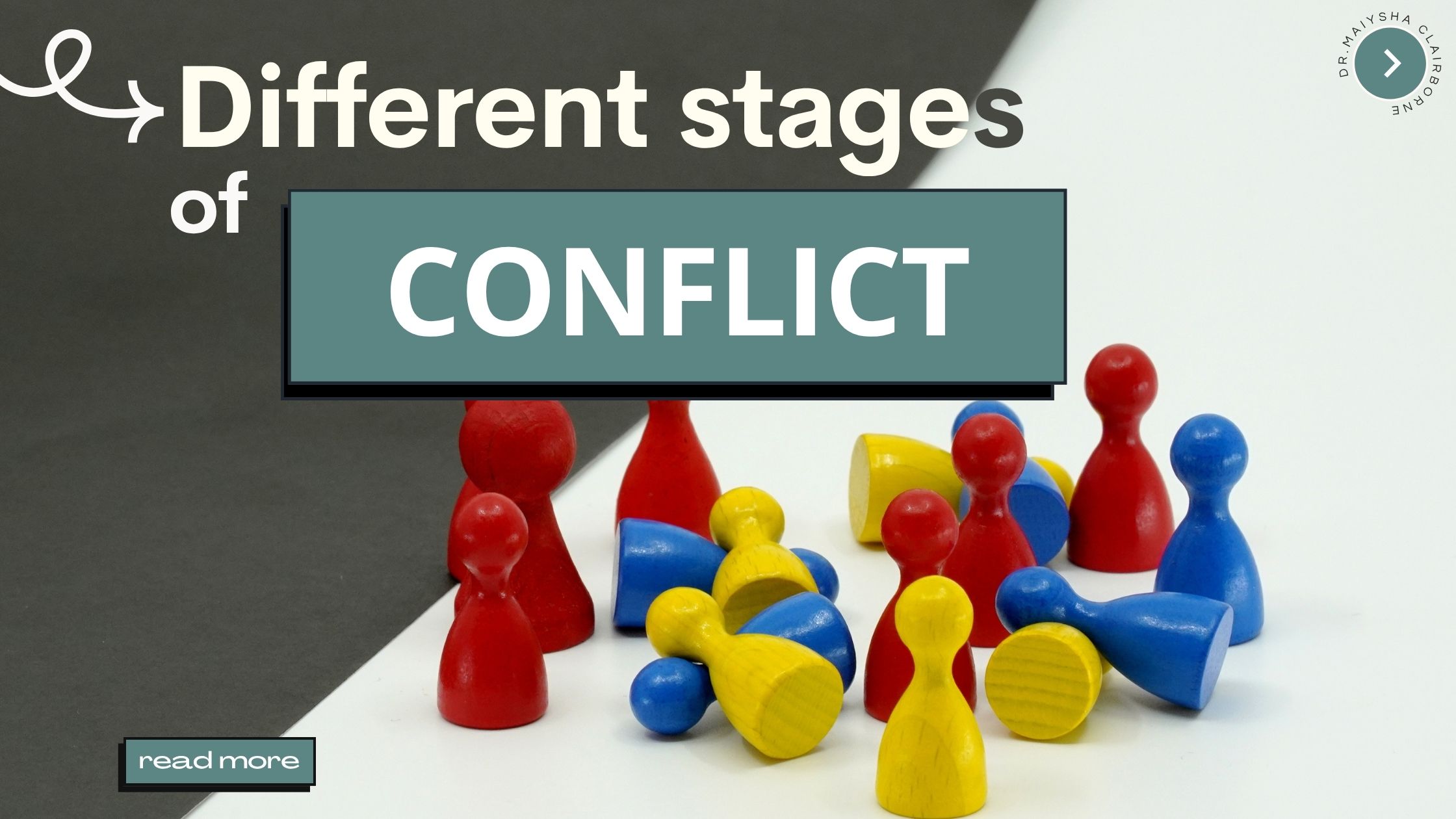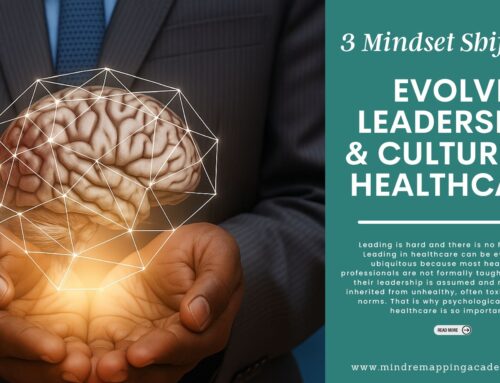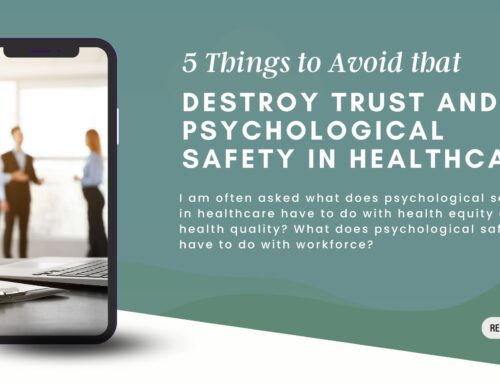
Managing conflict begins with understanding how conflict grows. This explanation comes from Eric Brahm at the University of Colorado Boulder. He explains that conflict does not start suddenly; it grows in stages. By recognizing these stages, we can respond better and avoid long-term damage.
Stage 1: Latent Conflict
The stages of conflict start with what’s called latent conflict. This happens when people have different needs, values, or interests. At this point, nothing big has happened yet. People may feel bothered, but not enough to speak up or make a change. Some experts call this stage “unstable peace” because the conflict is present but not active.

Stage 2: Conflict Emergence
When a problem continues without being addressed, it can turn into conflict emergence. This is when a single event or growing tension causes the conflict to come to the surface. At this stage, the disagreement becomes clear, and people begin to take sides.
Stage 3: Escalation in the Stages of Conflict
If the conflict is not resolved, it may move into escalation. This is where things become more intense. People become more divided, more emotional, and more focused on their own side. It becomes harder to find common ground. Polarization grows, and conversations become more difficult.

Stage 4: Stalemate or De-escalation
Conflict cannot grow forever. At some point, the conflict will reach one of two outcomes:
-
A stalemate, where both sides feel stuck and unwilling to move.
-
De-escalation, where both sides begin to step back and look for solutions.
This is where communication becomes especially important. What people say and how they listen can either lead to deeper conflict or open the door to resolution.
Stage 5: Resolution and Peacebuilding
If people can talk and negotiate, they may reach an agreement. This stage allows for healing, fixing broken trust, and building peace. It is the final part of the stages of conflict, and it only happens if people work toward understanding and change.

Why These Stages Matter
Each stage of conflict gives us a chance to stop things from getting worse. If we pay attention to the early signs, we can work through disagreements before they escalate. Communication plays a big role in this. How we talk and respond can either add fuel to the fire or help calm the situation. The stages of conflict help us understand why people argue and how things can either break down or get better. Learning to manage each stage can lead to better conversations, stronger relationships, and lasting peace.
Need a speaker? Learn more about Dr. Maiysha’s speaking and trainings. Bring the tools of trauma responsive communication into your organization and create psychological safety in your organization. Increase employee engagement, fulfillment, and retention. Contact us today and schedule a call with Dr. Maiysha to learn how we can improve your workplace culture. https://mindremappingacademy.com/corporate-programs










